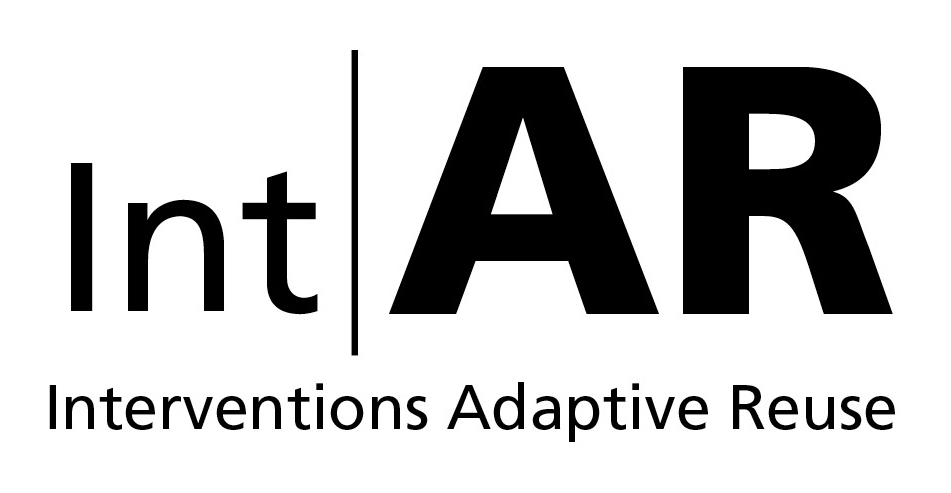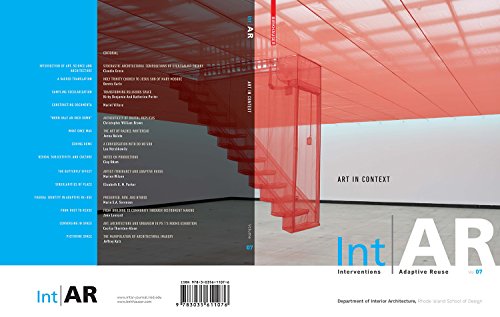art in context
By interpreting and investigating art and its intersection with the existing built environment articles in the journal relate to most of our starting questions. Like how does scale of an artwork uniquely relate to existing buildings and structures.Or how art is able to transform the economics of a built context. Also how and when is art influenced by the existing built environment, and when and how is material from an existing building /structure the catalyst for art. In adaptive reuse, when and where does art become building and building become art. Volume 07 of Int|AR explores projects and ideas that investigate the relationship of art and building reuse.
COMING HOME
A CONVERSATION WITH DO HO SUH
by Lea Herschkowitz
Named Wall Street Journal Magazine’s 2013 Innovator of the Year in Art, Do Ho Suh received a BFA in painting from the Rhode Island School of Design and an MFA in sculpture from Yale University. As a Korean man living abroad, Suh describes his feelings of “cultural displacement” 1 when first arriving in the United States as a student at the Rhode Island School of Design; these feelings became the springboard for his Home series, which comprises some of his most coveted works today. The “so called transitional spaces”2, such as staircases and doorways, represent the physical space separating the United States and Korea, as well as the space that we all create within different cultures.
END OF EXCERPT
INTERSECTION OF ART, SCIENCE, AND ARCHITECTURE
STOCHASTIC ARCHITECTURAL COMPOSITIONS OF EVENTUALIST THEORY
by Claudio Greco.
This paper illustrates the first architectural application of Stochastic Tiles based on paintings by Italian artist Sergio Lombardo. An active figure in art today, Lombardo was a leader of the Roman avant-garde in the Sixties and the creator of the innovative aesthetic theory of Eventualism in the Eighties. Stochastic Architectural Composition is an experimental research activity focusing on complex and random processes in architecture, according to the methods and procedures developed by Lombardo and the new ideas of creativity and artwork delineated by the Eventualist theory.
END OF EXCERPT
CONSTRUCTING “documenta"
by MARIEL VILLERÉ
A lightweight temporary structure formed by taut, irregularly shaped, heavy cotton fabric provided shade for the music performances programmed at the 1955 Bundesgartenschau (Federal Garden Show) in Kassel, Germany. Not yet widely recognized for its remarkable form, the music pavilion was Frei Otto’s first tensile structure experiment, a textile “two-up, two-down”1 tent typology that made the architect-engineer famous. With only a few points of contact on the ground, the structure expressed the new modern lightness and mobility of a cultural momentum towards integration with the democratic west. Though interrupted by World War II, the biannual Bundesgartenschau continued a long German horticultural tradition and traveled throughout East and West Germany in the years following the war as a catalyst for regenerating ruined cities from the gardens and parks outwards.
END OF EXCERPT





